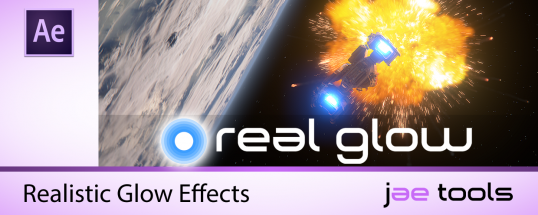

Eventually they fall back toward the surface where the process is repeated. Positive charges build up until the tiniest particles of lunar dust (measuring 1 micrometre and smaller) are repelled from the surface and lofted anywhere from metres to kilometres high, with the smallest particles reaching the highest altitudes. According to models proposed starting from 1956, on the daylit side of the Moon, solar ultraviolet and X-ray radiation is energetic enough to knock electrons out of atoms and molecules in the lunar soil.

The Moon may have a tenuous atmosphere of moving particles constantly leaping up from and falling back to the Moon's surface, giving rise to a "dust atmosphere" that looks static but is composed of dust particles in constant motion. This Apollo 17 sketch depicts the mysterious twilight rays.


Atmospheric glow Īt sunrise and sunset various Apollo crews saw glows and rays. The LADEE mission cost approximately $280 million, which included spacecraft development and science instruments, launch services, mission operations, science processing and relay support. NASA Ames was responsible for the day-to-day functions of LADEE while the Goddard Space Flight Center operated the sensor suite and technology demonstration payloads as well as managing launch operations. During August 2013, LADEE underwent final balancing, fuelling and mounting on the launcher, and all pre-launch activities were complete by August 31, ready for the launch window which opened on September 6. Mechanical tests including acoustic, vibration and shock tests were completed prior to full-scale thermal vacuum chamber testing at NASA's Ames Research Center in April 2013. It was initially planned to be launched with the Gravity Recovery and Interior Laboratory (GRAIL) satellites. LADEE was announced during the presentation of NASA's FY09 budget in February 2008. The mission ended on April 18, 2014, when the spacecraft's controllers intentionally crashed LADEE into the far side of the Moon, which, later, was determined to be near the eastern rim of Sundman V crater. Instruments included a dust detector, neutral mass spectrometer, and ultraviolet-visible spectrometer, as well as a technology demonstration consisting of a laser communications terminal. During its seven-month mission, LADEE orbited around the Moon's equator, using its instruments to study the lunar exosphere and dust in the Moon's vicinity. It was launched on a Minotaur V rocket from the Mid-Atlantic Regional Spaceport on September 7, 2013. The Lunar Atmosphere and Dust Environment Explorer ( LADEE / ˈ l æ d i/) was a NASA lunar exploration and technology demonstration mission. Artist's depiction of LADEE in lunar orbit


 0 kommentar(er)
0 kommentar(er)
